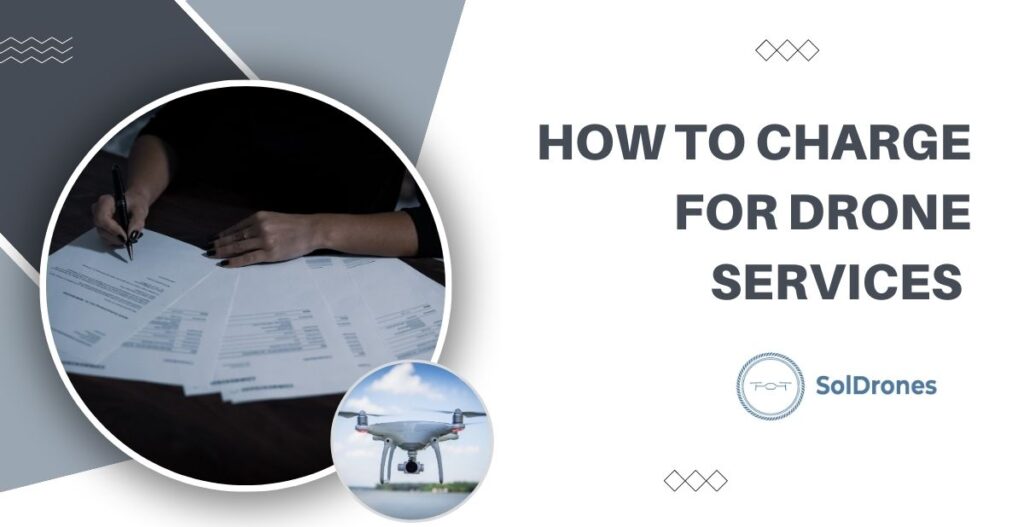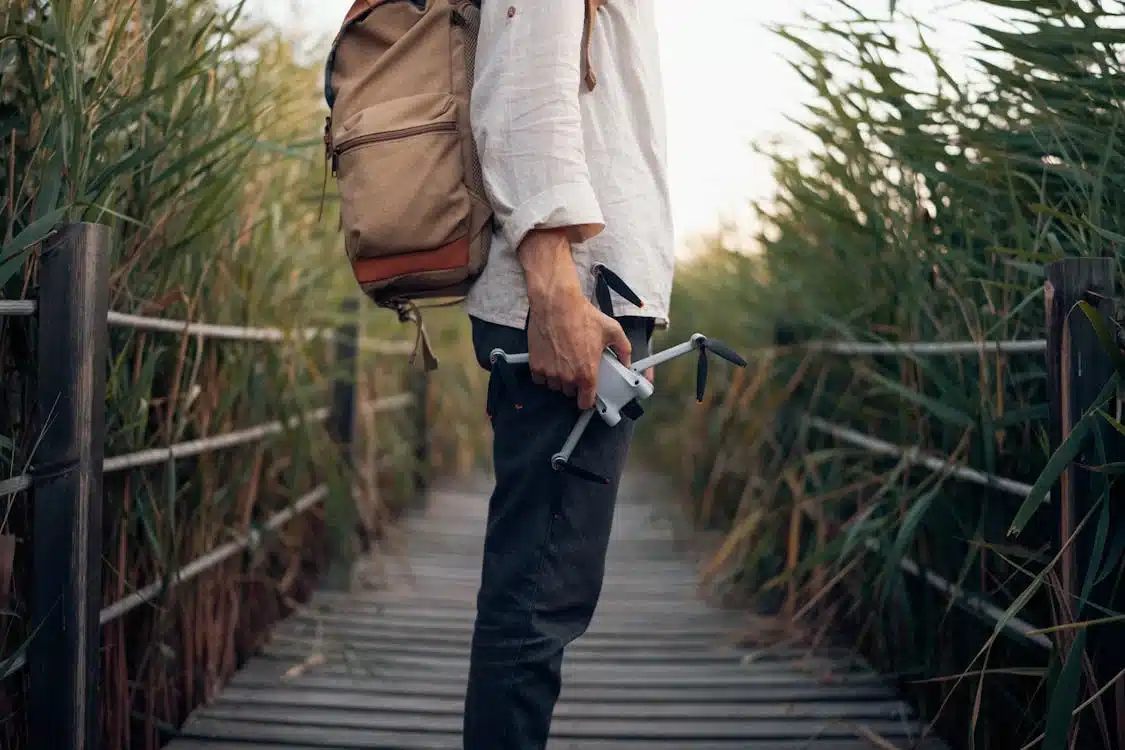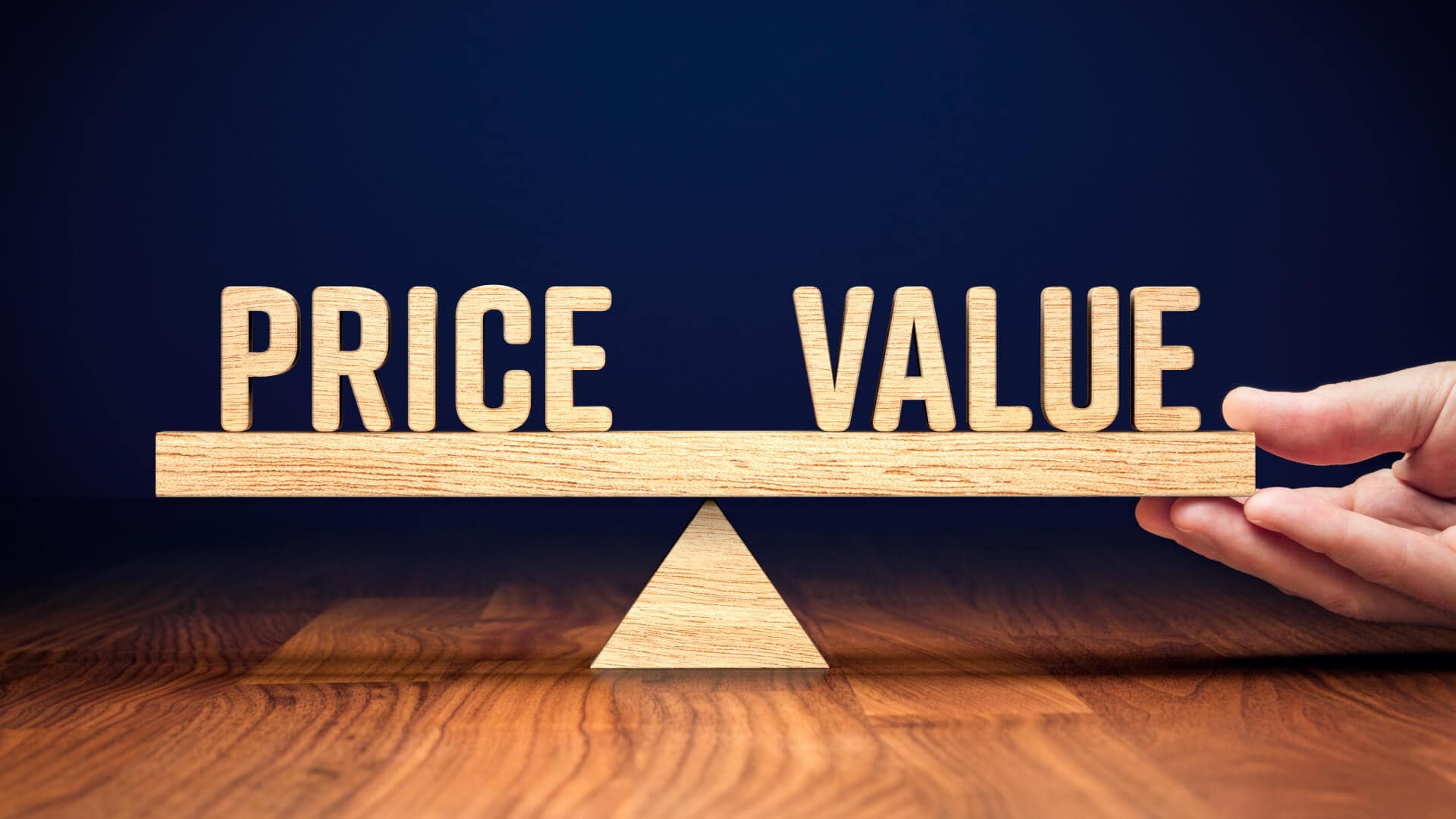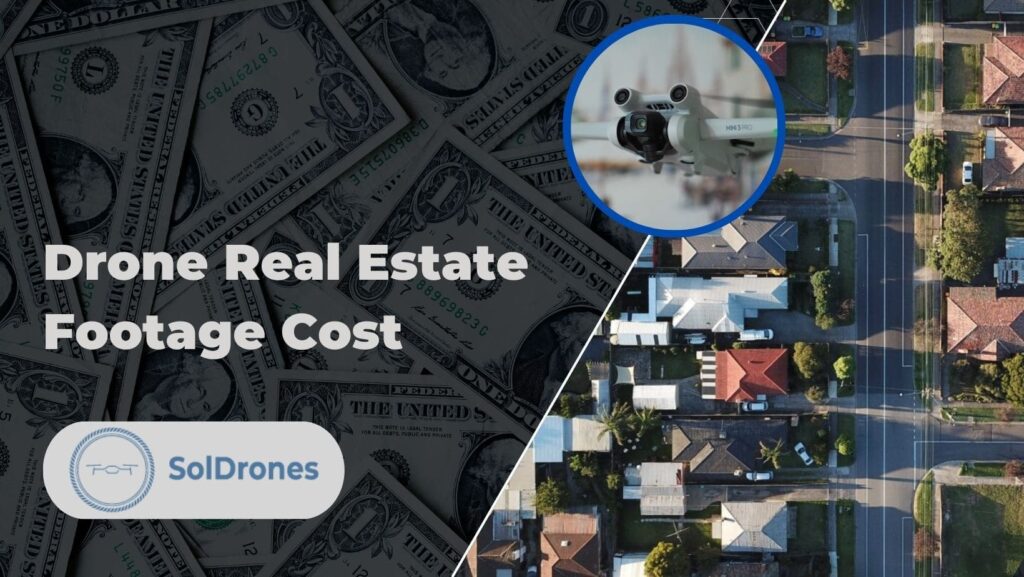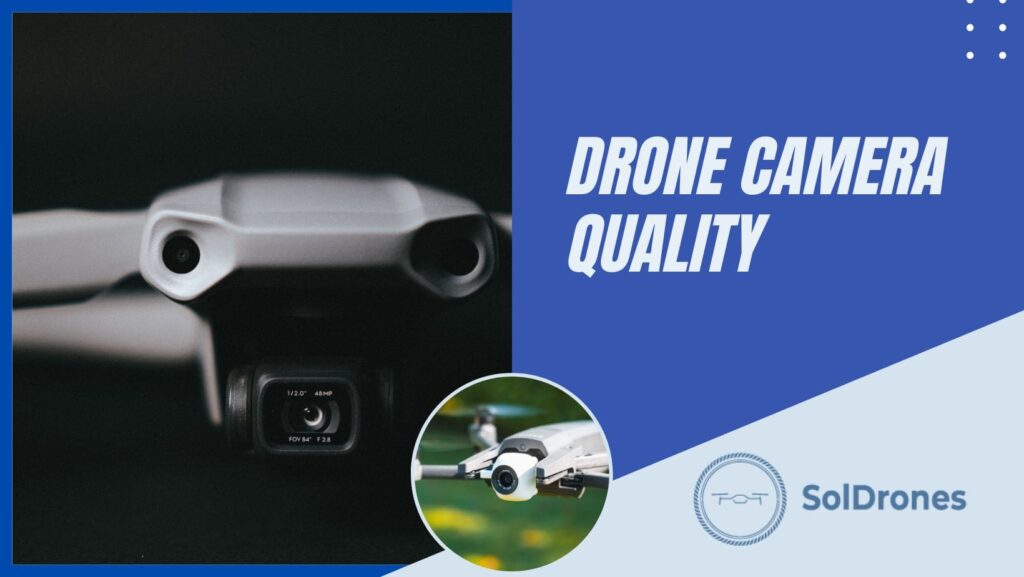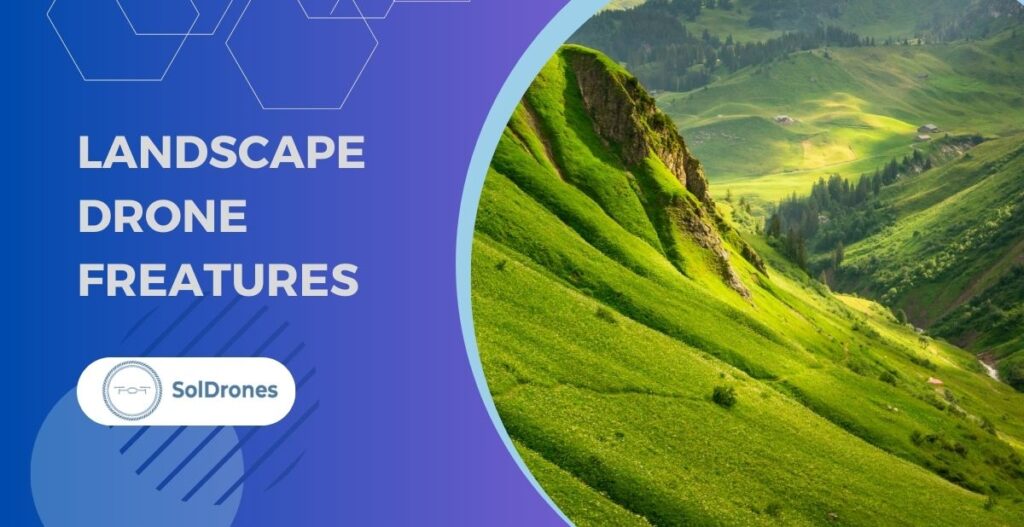Getting your prices right for drone work can be hard but vital, especially when you’re just starting. As a new commercial drone pilot in this fast-growing field, it’s key to weigh your costs, risks, the worth of your work, and who you’re up against.
Once, just knowing how to fly a drone might have made you stand out and get jobs.
But now, with more certified drone pilots around, it’s not so easy.
To get ahead, you need to find your niche and understand the kinds of drone work available.
In this guide, we’ll discuss how to set prices that attract customers while ensuring fair compensation for your work.
More training, certificates, or papers from a known drone pilot school can make you look better and let you charge more
Being competitive with pricing doesn’t mean you have to be the cheapest – it’s about attracting clients while ensuring they see the value in your work.
5 Factors That Influence Your Pricing
Figuring out the right price for your aerial photographs, videos, and data deals can be tough. Yet, it’s key to draw in folks who need your work and to make sure you’re paid right.
Many factors affect your prices, and knowing these can help you set amounts that attract customers and match the worth of what you offer.
Here are five main points to think about when setting your prices.
1. Your Client
Who you work for really matters in setting your price. For example, someone selling a house worth $575,000 won’t have the same needs or budget as the head of a construction company going after an $8 million deal or a roof checker wanting clear pictures of a roof.
Each customer has their own requirements and values the work differently.
Getting what they each need can help you make your prices and what you offer fit just right.
2. Your Training and Certifications
If you have a Part 107 Remote Pilot License, you’re allowed to fly in the U.S. sky legally, so you can ask for more money than someone who isn’t flying legally.
More training, certificates, or papers from a known drone pilot school can make you look better and let you charge more. Clients will pay more for pilots they think are better and know more.
3. Your Equipment
The drone you pick should fit what the client wants. For high-end tasks, like movie-quality shots with a DJI Mini 4 Pro, you should ask for more money than for easier jobs, like snapping pics of a golf course with a DJI Avata. The better and more able your gear is, the more you can charge. Using the best technology not only makes your work look better but also lets you charge more.
- Advanced Imaging Technology: Equipped with a 3-axis motorized gimbal and 1-inch 20MP CMOS sensor with a mechanical shutter for high-quality, distortion-free images.
- Enhanced Viewing and Control: Features a 5.5-inch 1080p LCD screen on the remote controller for clear visibility in direct sunlight.
- Superior Flight Performance: Boasts a maximum speed of 72 kph, 8km transmission range with 1080p livestreaming, and OcuSync 2.0 for efficient frequency switching.
4. Insurance
Having insurance is a big plus. Clients prefer not to be liable if things go south. When you have your own liability policy, you are offering extra worth and calm to your client. This can make them more willing to pay a premium for what you offer. Be sure to add the cost and what your insurance covers into your pricing.
5. The End Product
Are you selling a set of 50 photos? A three-minute video on YouTube with tunes? A big, detailed map? Each one needs its own way to set a price. If you’re fixing up the files, you need to count those hours too.
Learn more: Drone Business Opportunities in 2024
3 Different Methods to Price Your Drone Services
Method 1: Pricing by Costs
When you set prices by costs, you first add up all the expenses for the drone job. This includes travel, equipment gear, and any other job costs. After you know your total costs, you put a markup on it. For instance, if it costs you $100 to finish a job, you might charge five times that, which makes it $500 for the job.
The main benefit of this method is to make sure you charge no less than your costs. This helps you to cover your expenses and make some money.
But, the downside is that this way only focuses at your costs, not how much the customer values the work. Customers care more about the good things and value your work brings to them, not how much it costs you to do it.
Next, we’ll look at another way to set prices that might better match what customers perceive as valuable.
Method 2: Pricing by Competitors
In the method of examining what competitors charge for drone services, you start by checking the going rates. Knowing this “market price” helps you determine your own charges.
Once you see what others ask for, you can choose to set your prices the same, a bit lower, or even higher, depending on your plan.
This way has its advantages. It makes sure you don’t ask for too much or too little compared to others. This makes your prices more tempting to customers looking for the best offer.
But, this method also has its downs. If your rivals got their prices wrong, you might too. Also, if everyone in the field uses each other’s prices as a guide, it could lead to everyone lowering their prices too much, and then no one earns well.
Next, we’ll explore a method that focuses more on the value you give to your clients.
Method 3: Pricing by Value
Value-based pricing means you set your price based on how much your service helps your client. For example, if your drone pictures save a client $10,000, you could ask for 10% of those savings, or $1,000. This way, your price matches the real help you provide.
This method has clear upsides. It makes sure your price is a fair part of the help you give to the customer. It also helps the client see why you’re asking that price. Yet, it means you need to really know the value you bring. This might mean spending more time with them to figure out these points. But, with the right info, this way can work effectively for you and your client.
What Method Should You Use?
At SolDrones, we think one price plan doesn’t fit all. You should look at three ways to set good prices.
First, always make sure you charge more than it costs to do the work. This is key to keep your business going.
Next, see what others charge, especially when many offer the same thing. You don’t want your prices to be too high or too low. Knowing what rivals do helps you stay in the game.
Last, if you offer a special service no one else does, consider pricing based on the value to the customer. It might take more time to work out, but it’s good for building strong ties with clients and allowing you to put money back into growing your drone business.
Learn more: How to Run A Drone Business
Here’s a simple table to break down the pros and cons:
Approach | Pros | Cons |
Pricing by Costs | Ensures you never charge below your costs | You might be undercharging, stopping you from growing |
Pricing by Competition | Ensures you never charge above the competition | If your competition gets it wrong, you get it wrong too |
Pricing by Value | Charges a % of the value you create | Requires more time and effort to understand each customer’s value |
By looking at all these methods, you can find a fair and effective pricing strategy that fits your drone business.
The Takeaway
Setting the right prices for your drone services is important, but it can be hard. Just guessing prices can harm your business and the whole industry. We hope this guide has helped you figure out how to set your drone service pricing model right.
To make the best use of your drone flights and learn to take top-notch data, check out our learning resources. They can offer you more hints and help you do better in your drone business.
Frequently Asked Questions
How much does drone mapping service cost?
Costs for drone mapping services range from $60 to $160 for each acre, based on how hard the project is. For turning drone pictures to AutoCAD, the price often goes by the size in acres, with complex projects costing about $80 each acre.
How much should I charge per drone photo?
Drone photos can cost from $50 to $200 each. Even if low prices seem good, it’s crucial to think about how good the photos are and how much the photographer knows. Paying more for a drone pilot with great skills often means you get better pictures, making the higher price worth it.
How much do drone pilots make?
Freelance drone pilots usually charge between $35 and $150 per hour, with most earning about $85 per hour. Full-time drone pilots tend to make between $80 and $120 per hour, and the middle range is around $95 per hour.
How do I market my drone business?
Marketing your drone business can be easy with the right tools. Have a look at our blog “how to market your drone business” for handy tips and ways to get and keep more customers.
Can I start my own drone business?
Yes, you can start your own drone business. Under the Part 107 FAA drone rules, you’re allowed to fly for business purposes with a temporary certificate, and you’ll get a lasting Part 107 license in 1 to 3 months. Note you have to update your license every two years by passing a flight check.

